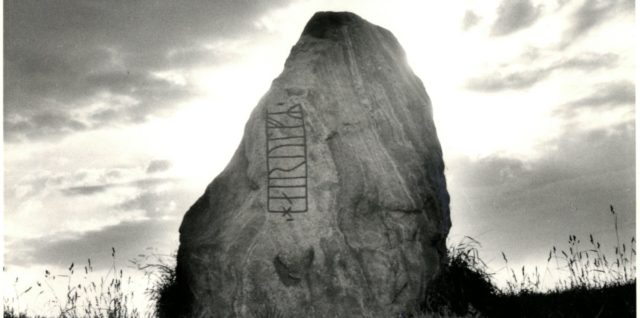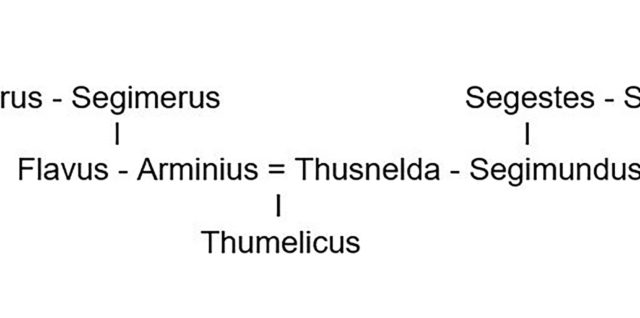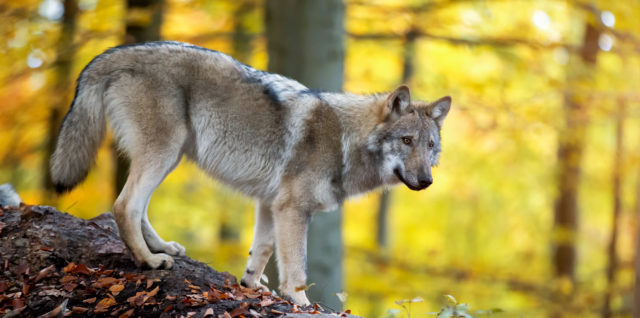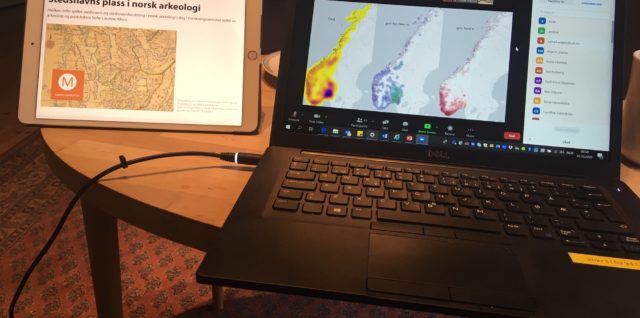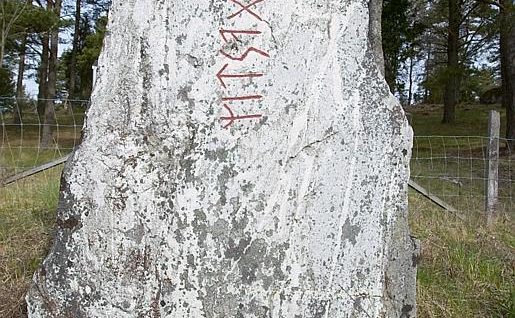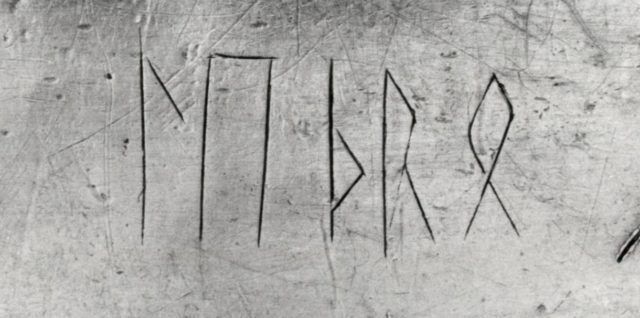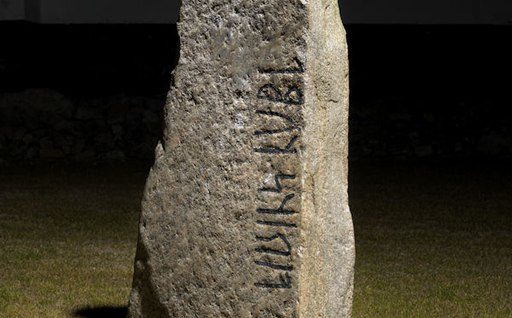Wrapping it up
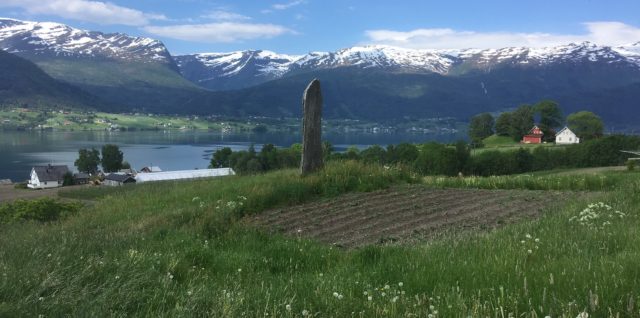
The ArcNames project has entered its final week and it is time to review the progress and results – and think about the future. Personally and professionally, conducting the project has been a great experience for me and an incredible value for my development as a researcher. I have had the opportunity to delve into Iron Age mentalities in completely new ways both from iconographic and linguistic perspectives. It has been more difficult and more time consuming than I had anticipated to acquire the proper understanding, especially regarding the linguistic issues. However, I feel that I have reached a new Continue reading Wrapping it up


